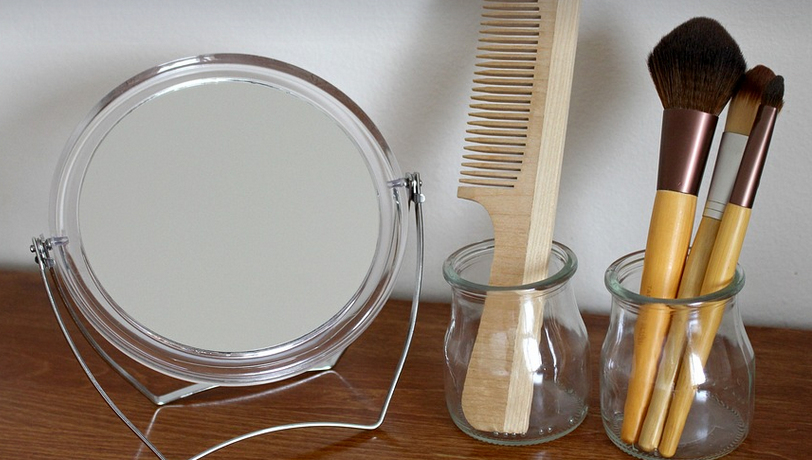What is Cold Laser Therapy?
Cold laser therapy, also known as photobiomodulation or red light therapy, uses low-level laser light to stimulate healing and reduce inflammation in animals. It’s all about harnessing the power of light to promote cell regeneration and address various health issues. Unlike traditional lasers, this type doesn’t involve harmful high-intensity beams – instead, it emits a specific wavelength of light that penetrates deep into tissues.
The fascinating science behind cold laser therapy lies in its ability to stimulate mitochondria, the powerhouses of cells. These tiny organelles convert energy from food into usable cellular energy. When exposed to red or near-infrared light, mitochondria become more active, increasing their energy production and promoting natural healing processes. The therapy can also help with tissue repair, reducing pain and swelling.
Benefits for Your Feline Friend
Cats, just like humans, are susceptible to a range of health problems that can be addressed with cold laser therapy. Its gentle nature makes it suitable for cats of all ages – from playful kittens to senior felines.
Here’s where the magic happens: Cold laser therapy is being used to treat various conditions in cats:
1. Arthritis & Joint Pain:**
Arthritis, a common ailment in aging cats, can cause stiffness and discomfort. By targeting painful joints with cold laser therapy, it triggers the release of endorphins, natural pain relievers, while reducing inflammation and promoting tissue regeneration.
In addition to easing pain, this procedure promotes flexibility and mobility, allowing your cat to move around more freely and participate in playful activities again.
2. Wound Healing:**
Cats with wounds or wounds from surgeries can benefit significantly from cold laser therapy. The targeted treatment helps stimulate blood flow to the injured area, accelerates healing times, and minimizes scarring.
This gentle procedure can also help reduce pain and inflammation associated with wounds, making recovery much smoother for your furry friend.
3. Muscle & Tendon Injuries:**
Muscle strains and tendon injuries are common in active cats. Cold laser therapy can be a valuable tool in accelerating the healing process after surgery or a traumatic injury. It reduces pain and inflammation while promoting tissue regeneration, enabling your cat to return to their normal activities faster.
4. Dental Health:**
Dental problems, such as gingivitis and periodontitis, can be addressed with cold laser therapy. The therapy helps reduce inflammation in the gums and improves overall oral health. This can prevent dental disease and help cats maintain their pearly whites for a longer time.
5. Skin & Allergy Issues:
Cold laser therapy has been shown to improve skin conditions like allergies, eczema, and dermatitis in cats. It promotes healthy cell regeneration and reduces inflammation, leading to less redness, itching, and discomfort.
How Does Cold Laser Therapy Work?
The process is simple yet effective: the red light or near-infrared laser beam penetrates your cat’s skin and reaches deep into the injured tissue. This penetration stimulates cell renewal and boosts collagen production. As a result, the damaged cells start to repair themselves.
For optimal results, the session should be administered by a qualified veterinarian who is trained in cold laser therapy. The vet will use a specific wavelength of red or near-infrared light that is safe for your cat’s eyes and skin.
Safety First: A Guide to Cold Laser Therapy
Cold laser therapy has an excellent safety record, but like any medical treatment, it should be discussed with your veterinarian first. Some things to consider:
- **Veterinary Consultation:** Consult your vet before starting any new treatments for your cat. They will assess your cat’s condition and determine if cold laser therapy is the best option.
- **Laser Safety Protocols:** Your vet will use a calibrated, low-intensity laser device that emits specific wavelengths of light. These lasers are designed to be safe for both humans and animals.
- **Pain Management:** In some cases, your cat may require pain medications during or after the cold laser therapy session. The vet will determine if this is necessary. The laser therapy will not cure all conditions but can help manage symptoms and promote healing.
A Bright Future for Cat Care
As research continues to explore the potential benefits of cold laser therapy for cats, its use in veterinary medicine is rapidly expanding. It offers a promising avenue for improving pet health and well-being. By harnessing the power of light to promote natural healing, cold laser therapy can empower us to provide our feline companions with the best possible care.
Remember – while cold laser therapy shows great promise, it’s essential to understand its limitations and work closely with your veterinarian for a personalized treatment plan. By combining this gentle practice with traditional veterinary care, you’ll be providing your cat with the most effective path toward healing and recovery.
